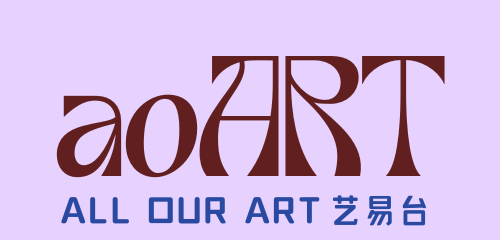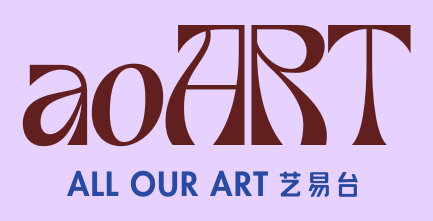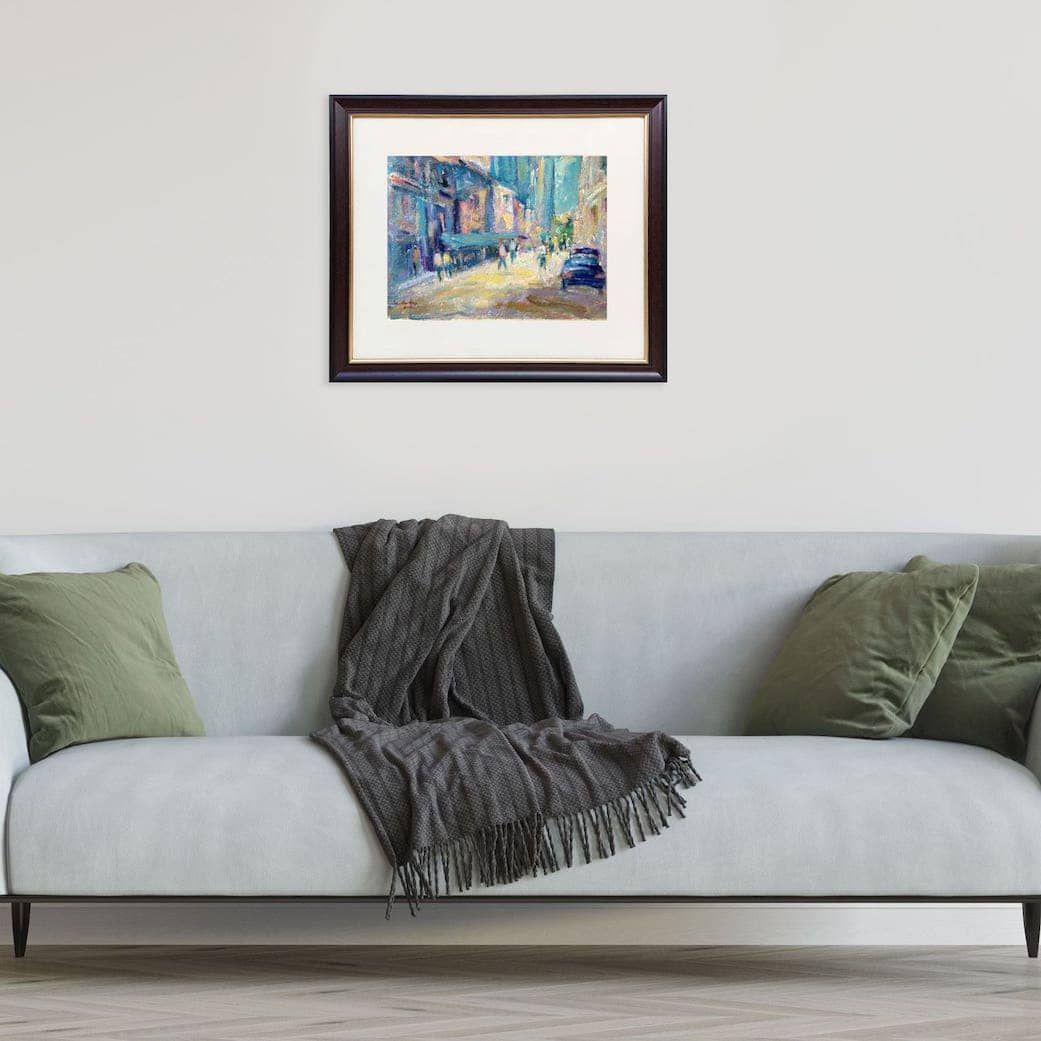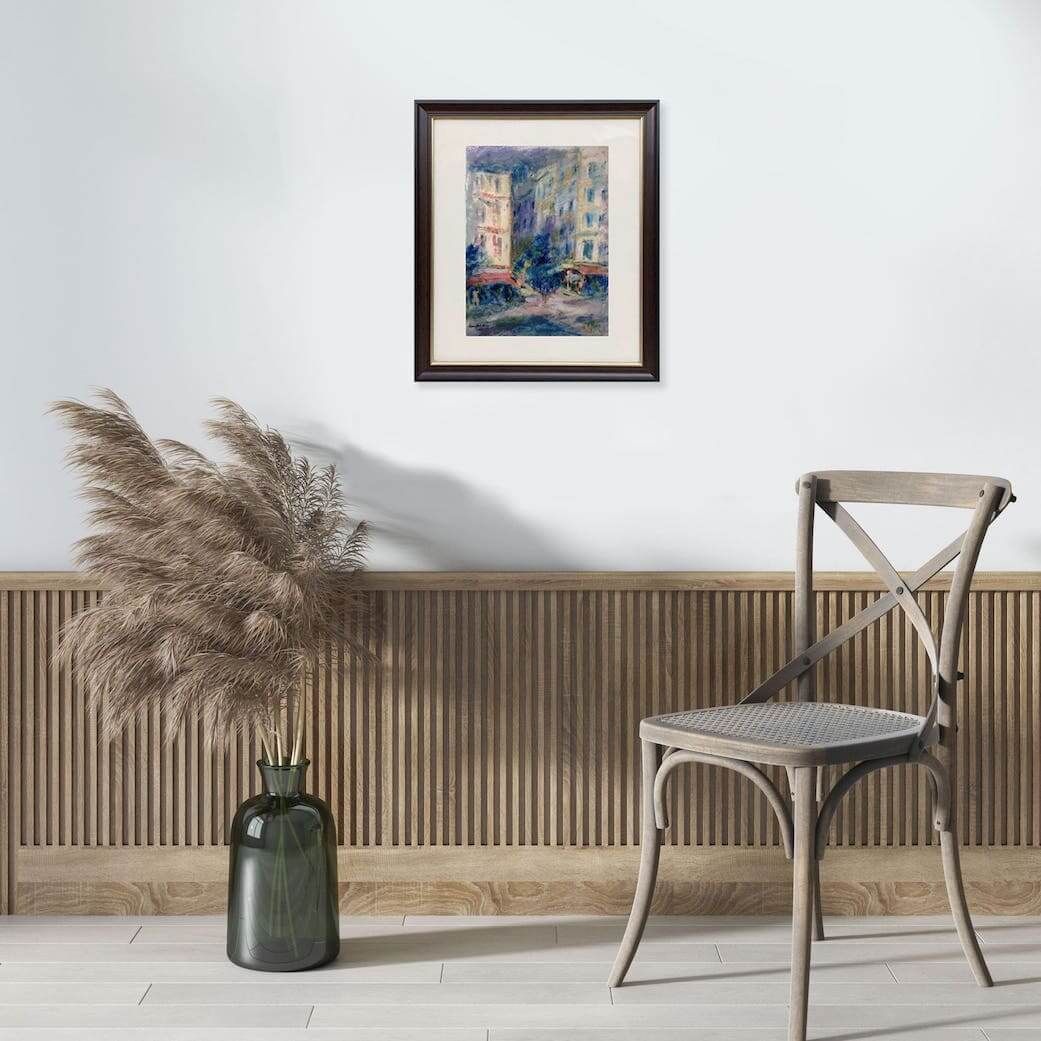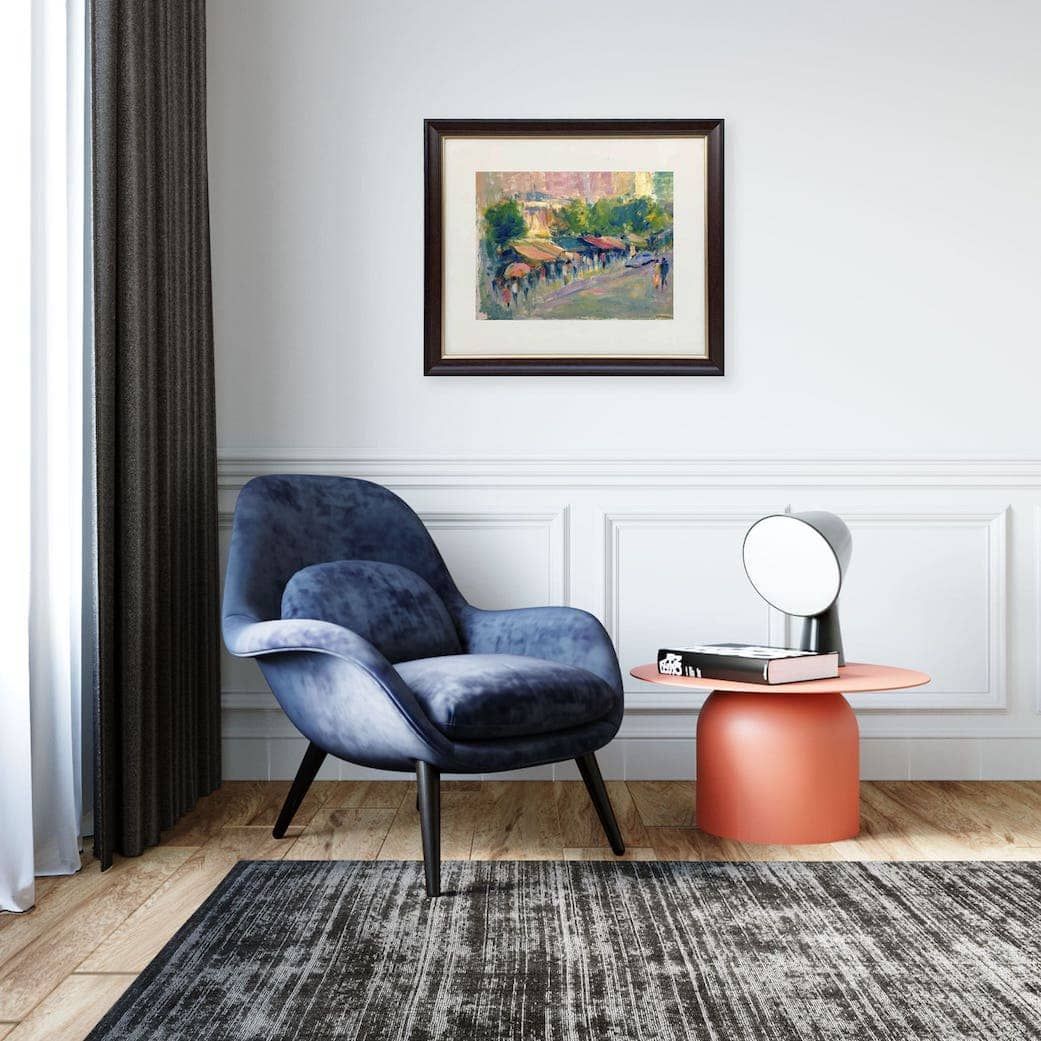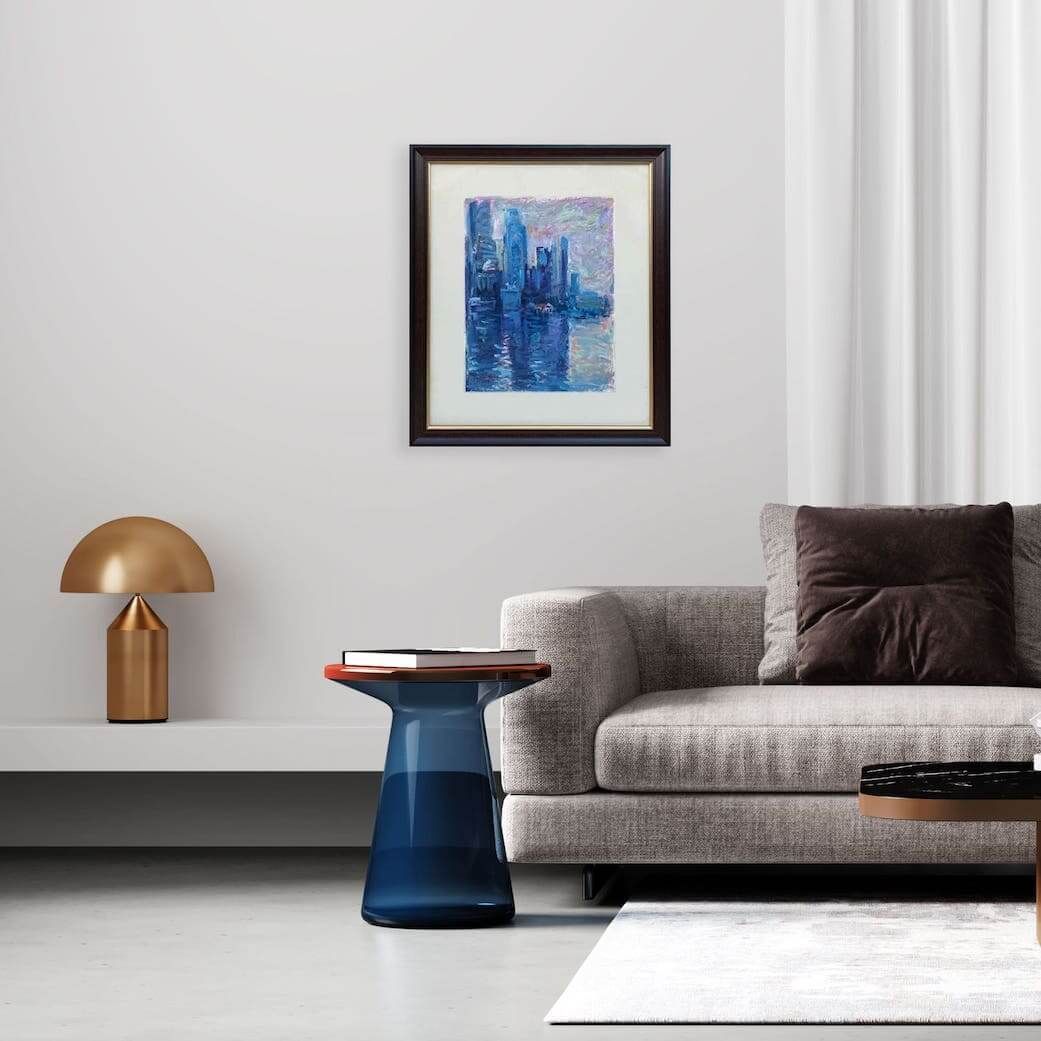What Is the 80/20 Rule in Painting?
September 3, 2025
What Is the 80/20 Rule in Painting?
The 80/20 rule, also known as the Pareto Principle, is not exclusive to painting, but it has a fascinating application in the art world.
In painting, it often translates to the idea that 20% of your efforts yield 80% of your results, or that 80% of your painting is made up of 20% of the elements.
- Focusing on Key Areas: Identifying the most important 20% of your painting (e.g., the focal point, the dominant colours, the core message) and dedicating 80% of your attention to refining those.
- Simplification: Not every detail needs to be rendered perfectly. Often, it is the 20% of well-executed details that make the biggest impact, with the other 80% providing supportive context.
- Time Management: If you are stuck, think about what 20% of the problems are causing 80% of your frustration. Address those first!
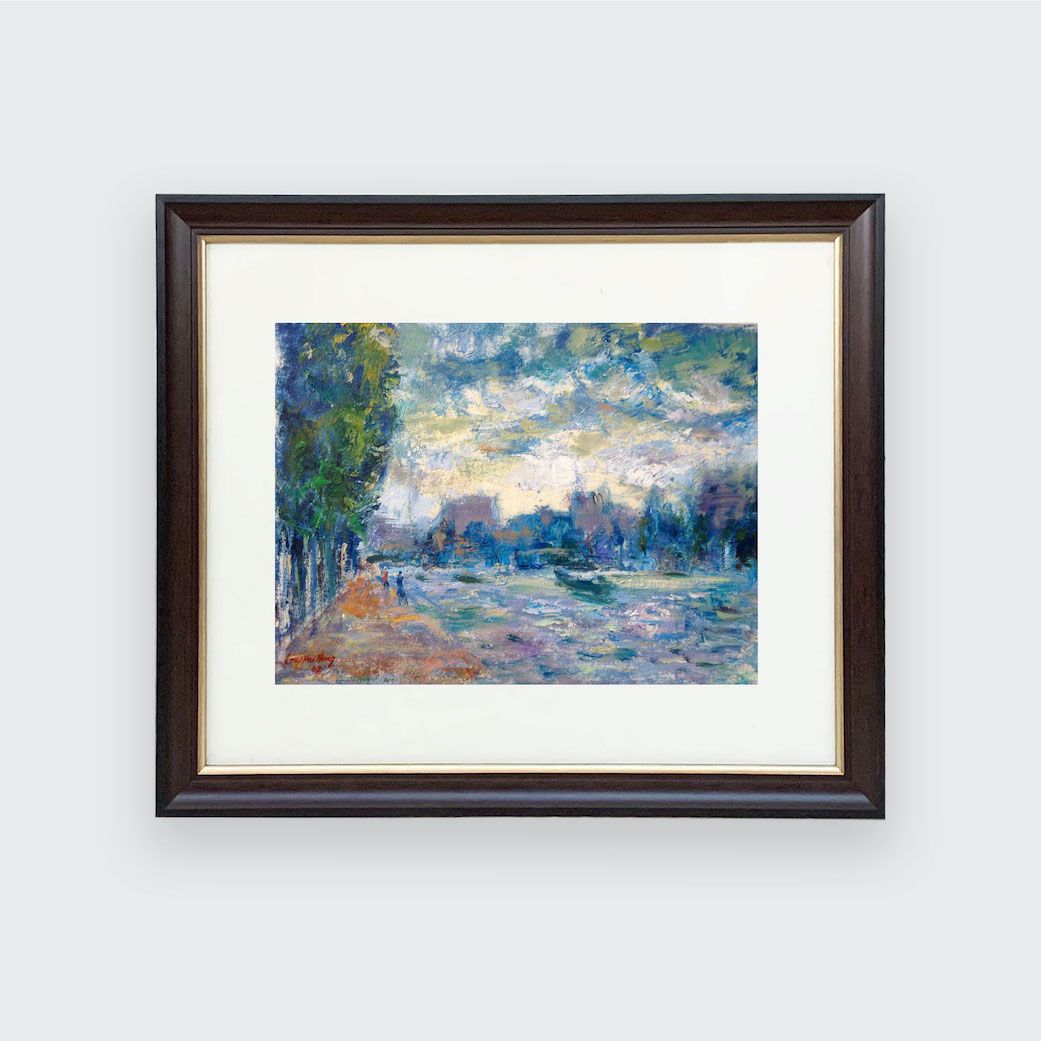
This principle encourages efficiency in art and helps artists prioritise their efforts for maximum impact.
It guides your focus and ensures your composition is not overloaded, allowing the viewer’s eye to rest and then zero in on the most important parts.
Focus on mastering a few key techniques or elements that resonate with your style. By honing these skills, you can create more impactful pieces without getting bogged down in unnecessary details.
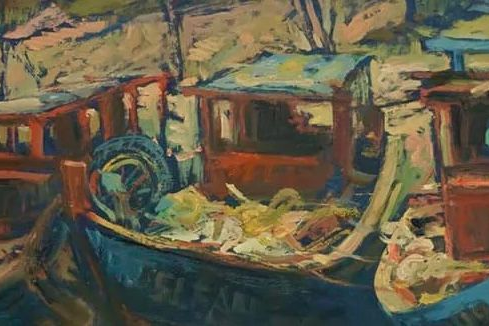
September 3, 2025
If the 2000s were about growth, the 2010s were about consolidation and cultural confidence. The 2010s were a vibrant and exciting time for Singapore art, characterised by a flourishing of creativity and innovation. This decade saw the rise of a new generation of artists who embraced diverse mediums and themes, reflecting the complexities of contemporary life.

September 3, 2025
Entering the new millennium, Singapore art in the 2000s continued to build on the foundations laid in the 1990s. The "Renaissance City" plan (2000) further advocated for increased funding and development in the arts, aiming to foster even greater creativity and innovation. Most notably, Singapore launched its first Singapore Biennale in 2006, positioning the city-state as a regional hub for contemporary art. This international exhibition brought global artists to Singapore while showcasing local talent on a larger stage.

September 3, 2025
The 1990s brought about a wave of globalisation, and Singapore art was no exception, largely driven by significant government initiatives. As the government embraced the idea of a “Renaissance City,” significant investments were made in arts infrastructure. Singapore aimed to become a "Global City for the Arts." Following the 1985 economic recession, there was a recognition of the arts' value in national development. This led to the 1989 Report of the Advisory Council on Culture and the Arts (ACCA), which profoundly shaped cultural policy for the decade. The result? The establishment of the National Arts Council (NAC) in 1991 to spearhead cultural development and funding, a substantial increase in public funding for the arts, and the conceptualisation of major art infrastructure like the Esplanade – Theatres on the Bay. This decade saw the professionalisation of the local theatre scene and a surge in homegrown dramatic texts.

September 3, 2025
The 1980s marked a shift toward institution-building and Singapore art in the 1980s became increasingly experimental. You would see artists dismantling the traditional hierarchies of "high" and "low" culture, and performance art started to gain momentum, often engaging audiences in new and collaborative ways. Art was beginning to free itself from purely material forms, resisting commodification, even as efforts were made to archive and document these ephemeral works.
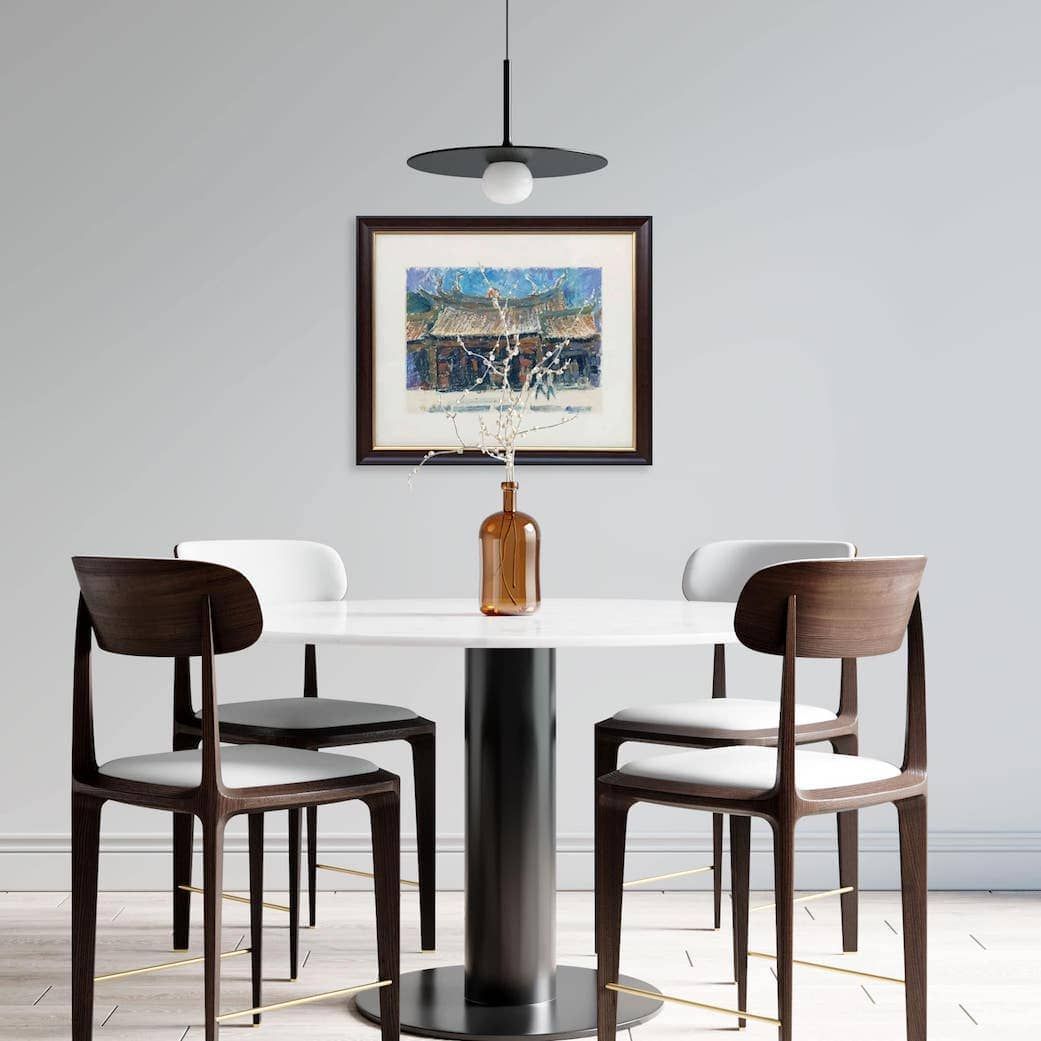
September 3, 2025
As Singapore’s economy grew and society modernised, so did its art. The 1970s saw artists pushing beyond the Nanyang Style. It was a decade of experimentation and a growing interest in contemporary art practices. Influenced by modernism, they began exploring abstraction, conceptual art, and new materials. The 1970s also witnessed the rise of performance art, with artists using their bodies as a medium to express social and political commentary. The focus also broadened from simply depicting the local to engaging with more critical political and cultural issues. You would find artists asking questions about what defined art itself and the circumstances of its creation. While formalism was still a keen focus for many (think about artists exploring the arrangement of colours and shapes, often influenced by international abstract movements), individual artists also ventured into more personal and symbolic expressions, particularly in Chinese ink painting. This was a time of dynamic shifts, setting the groundwork for more avant-garde explorations.
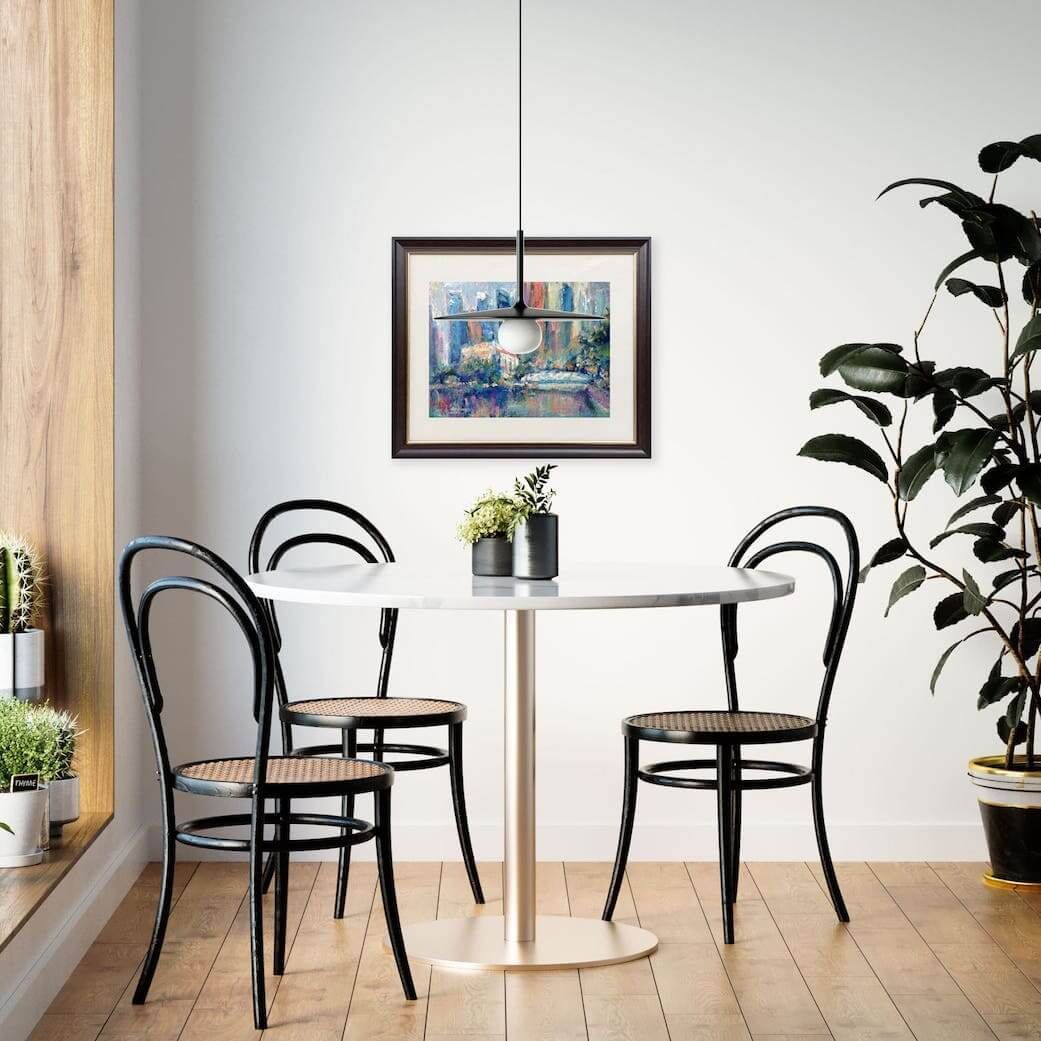
September 3, 2025
The 1960s was a defining decade for Singapore, not just politically (with independence declared in 1965), but also artistically. Naturally, Singapore art in the 1960s reflected this journey of self-discovery and nation-building. This was the era of the Nanyang Style, a unique visual language created by Chinese immigrant artists trained in both Western and Eastern techniques, which emphasised the use of local subjects and vibrant colours, reflecting the region’s tropical landscape. You would see works that celebrated Singapore's multicultural ethos, blending Chinese, Malay, and Indian cultural elements with Western techniques. Institutions like the Raffles Library and Museum (precursor to our modern museums) played a crucial role, hosting exhibitions and facilitating cross-cultural exchanges, nurturing a generation of artists inspired by both their heritage and newfound Western influences. During this time, the establishment of the Singapore Art Society in 1945 and the formation of the Nanyang Academy of Fine Arts (NAFA) in 1938 played crucial roles in nurturing local talent.
